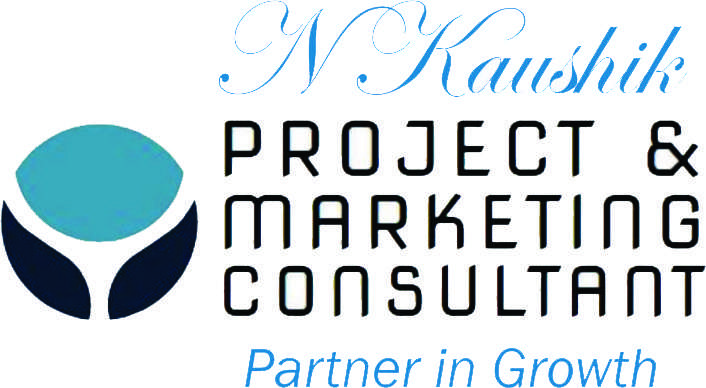One successful marketing campaign for a multispeciality hospital was conducted by the Fortis Healthcare group in India. The campaign was called “More to Give” and focused on encouraging people to donate their organs after death to save the lives of those in need.
The campaign included a variety of tactics, including television commercials, print ads, billboards, and social media promotion. The messaging was clear and compelling, emphasizing the importance of organ donation and how it can give someone a second chance at life. The campaign also highlighted the shortage of organ donors in India and how every donation can make a difference.
To increase engagement and awareness, the hospital also organized various events and activities, such as donation drives, seminars, and workshops. They partnered with various organizations, celebrities, and influencers to amplify the message and reach a wider audience.
The results of the campaign were impressive. In just one year, the hospital reported a 250% increase in organ donation pledges. They also received several awards and recognition for their efforts, including the “Best Social Media Campaign” at the CMO Asia Awards and the “Best Healthcare Campaign” at the Indian Digital Media Awards.
Overall, the “More to Give” campaign was successful because it effectively communicated the importance of organ donation and motivated people to take action. The hospital’s focus on partnerships, events, and social media also helped them reach a wider audience and generate buzz around the cause.
Case study of a successful PR campaign of a hospital details
One successful PR campaign for a hospital was conducted by the Cleveland Clinic, a nonprofit academic medical center in Ohio, USA. The campaign was called “Empathy: The Human Connection to Patient Care” and aimed to showcase the hospital’s commitment to compassionate care and patient-centered services.
The campaign utilized a variety of tactics, including media outreach, social media, and events. The hospital’s CEO, Dr. Toby Cosgrove, was featured in numerous interviews and articles discussing the importance of empathy in healthcare. The hospital also used social media to share patient stories and highlight the impact of empathy on patient outcomes.
To further promote the campaign, the hospital hosted a series of events, including a speaker series and an art exhibit that showcased the importance of empathy in healthcare. The hospital also invited patients and staff to share their stories and experiences with empathy, which were then shared on social media and in press releases.
The results of the campaign were significant. The hospital received widespread media coverage, including features in major publications such as The New York Times and The Wall Street Journal. The campaign also generated over 500 million social media impressions and won numerous awards, including the PR News Platinum Award for “Best PR Campaign of the Year.”
Overall, the “Empathy: The Human Connection to Patient Care” campaign was successful because it effectively communicated the hospital’s commitment to compassionate care and patient-centered services. The hospital’s use of media outreach, social media, and events helped them reach a wider audience and generate buzz around the cause. By showcasing their dedication to empathy, the hospital was able to strengthen their reputation and position themselves as a leader in patient-centered care
